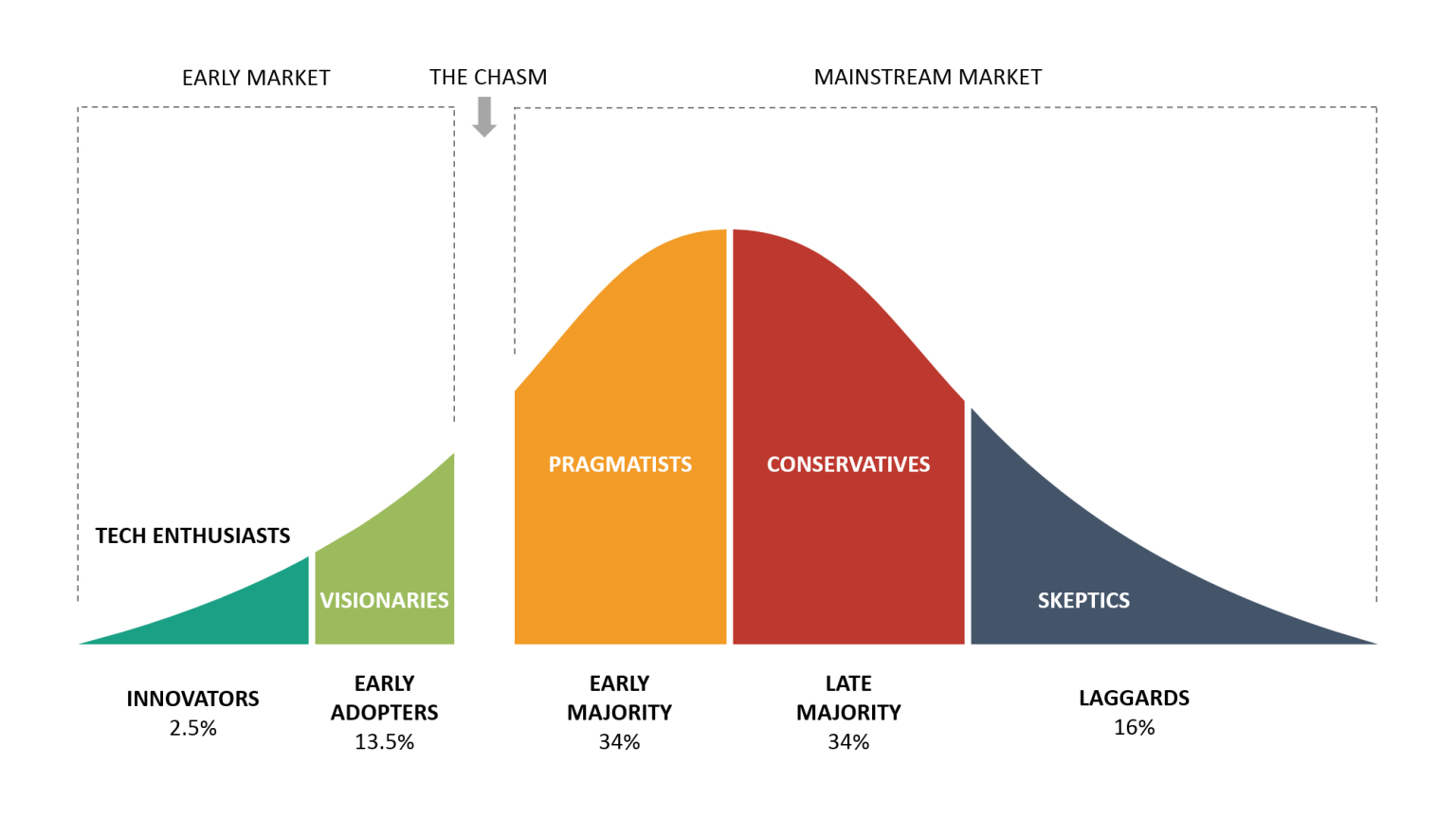At the Edge of What’s Next: Appreciating the Trailblazers in Building a Skills-Based Future
As the SkillsFWD grant period comes to a close, I feel deep pride and gratitude for all that our grantees have accomplished in such a short time and for how far this movement has come in such a short time. From the start, we knew we were asking this cohort to do something bold: to implement novel technology and cutting-edge practices to transform how people connect to opportunity. What I didn’t fully grasp then was the true magnitude of that ask. We weren’t just asking them to try something new; we were asking them to bring the learning and employment record (LER) ecosystem to life and set an example for others to follow.
SkillsFWD grantees were among the first to turn the idea of LERs into reality, experimenting with tools and practices that had little precedent and building proof points for what’s possible. They had to navigate complex data systems, align with emerging standards, and build collaborations across institutions and employers in ways that few had ever attempted.
Early in my work with SkillsFWD, I was introduced to the technology adoption curve, a model that illustrates how innovation spreads over time. It shows why progress in the early stages feels so grueling and uncertain, and just why these early stages are so critical. Early on, adoption is slow and there are momentous barriers to overcome. And yet, once those barriers are overcome, what was achieved in those early stages sets the critical foundation for mass adoption.
Technology Adoption Curve
By my estimate, SkillsFWD grantees were operating squarely in the innovation phase, where the work is hardest, where there are few examples, countless unknowns, and little immediate reward. They are the ones building early use cases and making the case for everyone who will come next. They are doing the hard work of tracking down and engaging those who are willing to innovate while ensuring they design with those in mind who are not yet ready to make the change. This phase of experimentation, learning, and refinement is essential to getting it right in the long run.
I’ve said to our grantees, and I want to say it again here, how profoundly grateful I am for their determination, creativity, and vulnerability throughout this process. Each team has risen to the challenge of becoming not only innovators but leaders in this space. Leading through the innovation phase requires remarkable creativity, persistence, and a deep commitment to impact.
When I think about where we were two years ago, I’m amazed by how far we’ve come. What began as a set of ideas and aspirations has evolved into a growing movement. Standards for interoperability are stronger. Partnerships between technology providers and institutions are deeper. Conversations about skills-based hiring, credentials, and learner data have moved from the margins to the mainstream. Much of that progress can be traced to our grantees’ willingness to experiment, share openly, and learn in public.
As we move forward, we are eager to share what we’ve learned through the SkillsFWD grant period—the tools, frameworks, lessons from the challenges we faced, and the approaches that made these projects a success. Over the coming months, we’ll release resources and reflections that we hope will help others build on the foundation our grantees have helped to create.
The SkillsFWD grant period may be ending, but the work is far from over. The seeds planted through this initiative are already taking root, growing into a more connected, equitable, and dynamic skills ecosystem. To realize the full potential of Learning and Employment Records, we’ll need to cross the chasm together—from early innovation to broad adoption. Doing so will require continued collaboration, trust, and shared purpose across states, institutions, employers, and communities. We may not have known exactly where this journey would lead, but I couldn’t be more inspired by where it’s headed—and by all those helping to build this future together.
-Madelyn Rahn, Network Director


